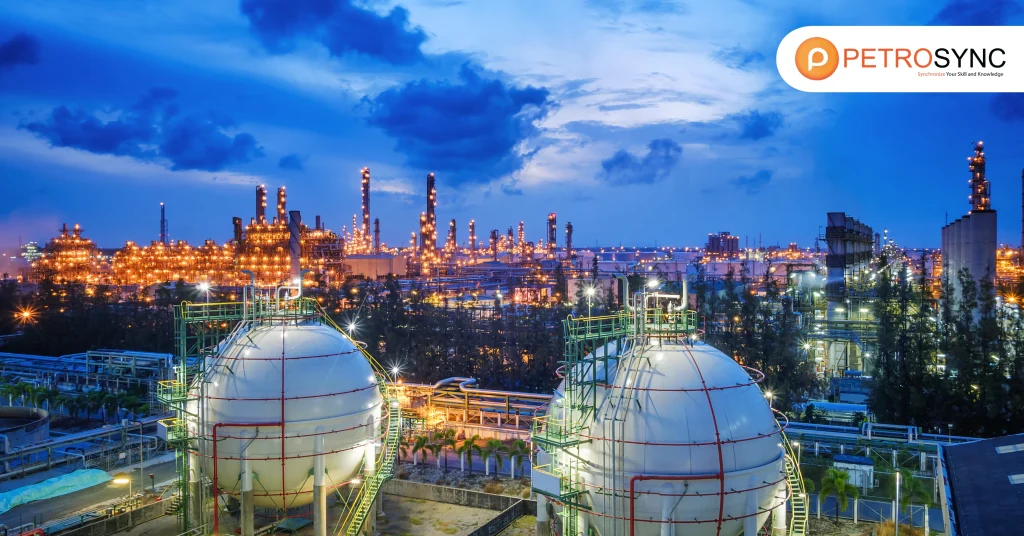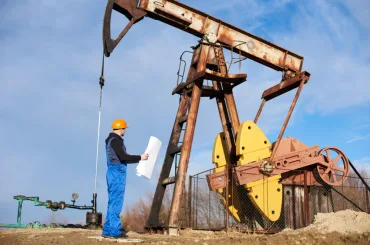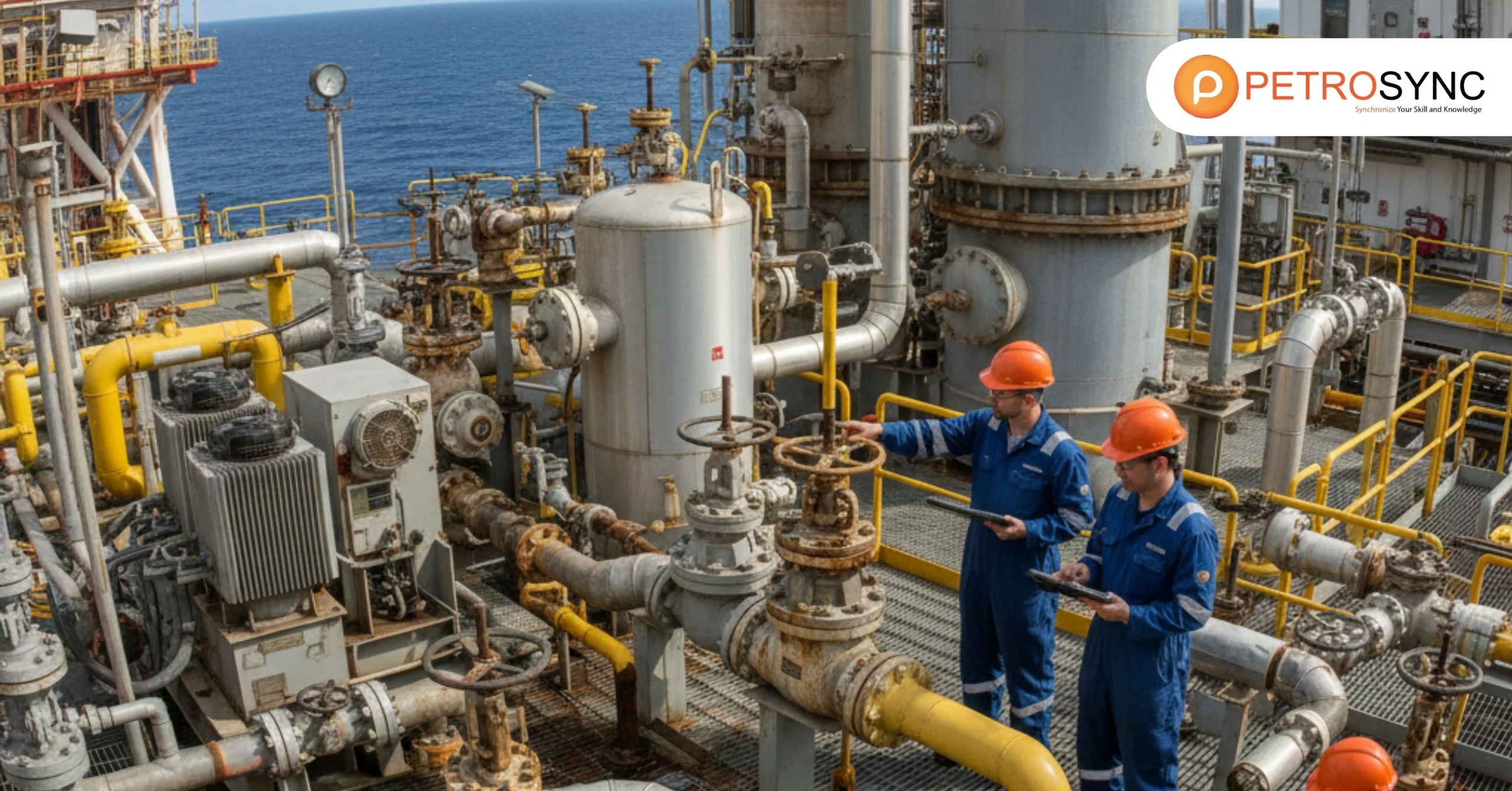What is oil and gas? Simply put, oil and gas are fossil fuels that power many aspects of modern society. Oil and gas meaning lies in their vital role as energy sources, powering everything from vehicles and factories to homes and power plant. As resources that have been used for centuries, their production, consumption, and price are crucial to understanding the dynamics of the energy market.
The oil and gas industry consists of three main sectors: upstream oil and gas, midstream oil and gas, and downstream oil and gas. Upstream oil and gas involves the exploration and extraction of raw oil and gas. Midstream oil and gas deals with transportation and storage, including pipelines and tankers.
While downstream oil and gas encompasses refining, distribution, and retail sales of petroleum products. The interdependence of these sectors means that shifts in one can impact others, contributing to fluctuations in oil and gas price. The oil and gas price can fluctuate due to several external factors.
Including changes in supply and demand, geopolitical tensions, technological advances, and global economic shifts. Explore how seasonality, natural disasters, and supply chain disruptions impact the oil and gas industry dynamics.
What is the Current Price of Oil and Gas?

Oil and gas prices is have been experiencing a significant rise, fueled by a recovery in global demand following the pandemic, supply constraints, and other factors. Oil prices are highly volatile due to geopolitical tensions, output changes, and US dollar fluctuations, unlike gas prices.
Natural gas prices are generally stable but influenced by factors like harsh winters and regional storage level changes. Global supply and demand also play a major role. For instance, in recent months, colder-than-expected temperatures and tight supply have led to higher gas prices in certain regions.
In contrast, a mild winter may lead to price reductions. For professionals in the oil and gas industry, understanding the current oil and gas price is key to making informed decisions about exploration, extraction, and distribution. Similarly, businesses that depend on energy costs, such as manufacturing plants or logistics firms, need to keep a close eye on these fluctuations to manage operating costs effectively.
How Much is Natural Oil Worth?
The value of natural oil, commonly referred to as crude oil, is determined by its quality and where it is sourced. Crude oil is often classified into various types based on its sulfur content, which affects its price. For example, Brent Crude, which is produced in the North Sea, tends to be more expensive than West Texas Intermediate (WTI) because it is easier to refine.
In addition to sulfur content, geopolitical issues can also have a significant impact on the oil and gas price. For instance, disruptions in oil production due to political instability in key oil-producing countries can cause prices to surge. Similarly, new discoveries of oil reserves, or shifts in global energy policies, can push prices in either direction.
The natural oil market is also influenced by OPEC, the Organization of the Petroleum Exporting Countries, which controls a large portion of global oil production. Decisions made by OPEC regarding production cuts or increases can directly impact the oil and gas price, making it important for businesses in the industry to stay informed about these developments.
What is the Highest Price of Oil?
The highest price ever recorded for oil was in 2008 when crude oil prices surged to nearly $150 per barrel. Price surge fueled by strong demand, tight supply, and speculative trading, shaping market dynamics and investment trends. In addition to global supply issues, rising geopolitical tensions in regions like the Middle East contributed to the unprecedented price surge.
While prices reached such extremes in the past, experts predict that we are unlikely to see such a spike again, largely due to technological advancements in energy production and the ongoing shift toward renewable energy. However, the oil and gas price still sees fluctuations, driven by supply and demand, political unrest, and natural events like hurricanes or earthquakes that can disrupt production and distribution.
In recent years, the rise of alternative energy sources and energy-efficient technologies has also begun to reduce the dependence on oil and gas, leading many to believe that peak prices may be a thing of the past. Still, the energy transition will take time, and oil and gas will remain key components of the global energy mix for years to come.
How Much is Gas and Oil Per Month?
The monthly cost of gas and oil can vary significantly based on usage and location. Gasoline and heating oil prices depend on local supply chains, transportation, and seasonal demand, impacting individual costs. However, businesses in the oil and gas industry may face fluctuating costs depending on their region and the scale of their operations.
For instance, oil refineries and distributors must purchase crude oil at market prices, and changes in oil and gas price directly affect their profitability. Similarly, companies involved in midstream oil and gas operations, such as pipeline and storage facilities, also experience shifts in pricing based on transportation costs and regional supply-demand dynamics.
Understanding these price fluctuations is essential for anyone in the oil and gas industry, whether working in oil and gas engineering, or dealing with oil and gas separators. By anticipating changes in the market, businesses can better prepare for rising costs and take proactive measures to manage their resources.
How Oil Prices Affect the Economy?
The price of oil and gas has a far-reaching impact on the global economy. When oil prices rise, the cost of producing goods and services also increases. Transportation and logistics costs surge as the price of fuel increases, affecting everything from food prices to manufacturing costs. For industries that rely heavily on fuel, such as aviation and shipping, increased oil and gas price can significantly affect profit margins.
Additionally, a rise in oil and gas prices can trigger inflation, particularly in developing economies where energy costs represent a larger portion of household expenses. Conversely, when prices fall, there is usually a boost to consumer spending and industrial growth, providing a temporary economic relief.
For policymakers and business leaders, understanding the relationship between oil and gas price fluctuations and economic growth is essential. Stay updated with the latest oil and gas prices, market trends, and insights for smarter energy decisions.
How Much Oil and Gas is Left in the World?
As the world continues to rely on oil and gas, the question of how much remains is becoming increasingly important. Current estimates suggest that we have several decades of oil and gas left at current consumption rates. However, this estimate could change based on new technological discoveries or a shift to alternative energy sources.
While there is still a significant amount of oil and gas in the Earth’s reserves, many believe that we are nearing the peak of our consumption. As governments and industries transition to renewable energy, the long-term reliance on oil and gas may decrease. Oil and gas training and oil and gas courses are essential for preparing professionals in the industry for this inevitable shift.
Join PetroSync Training for Expert Insights and Career Growth
If you’re interested in gaining deeper insights into the oil and gas industry, or looking to advance your career in oil and gas engineering, PetroSync training offers a range of programs designed to equip you with the knowledge and skills needed for success. From oil and gas workshop to free oil and gas training programs, you can gain valuable expertise that will set you apart in this competitive industry.
Explore oil and gas courses that cover everything from upstream oil and gas operations to downstream oil and gas marketing and distribution. Whether you are new to the industry or an experienced professional, continuing education is key to staying ahead of market trends and ensuring career growth.

Results-oriented and thorough SEO specialist with extensive experience in conducting keyword research, developing and implementing digital website promotion strategies and plans, managing campaigns to develop company websites in the digital world, excellent knowledge of marketing techniques and principles, and attentive strong attention to detail.







